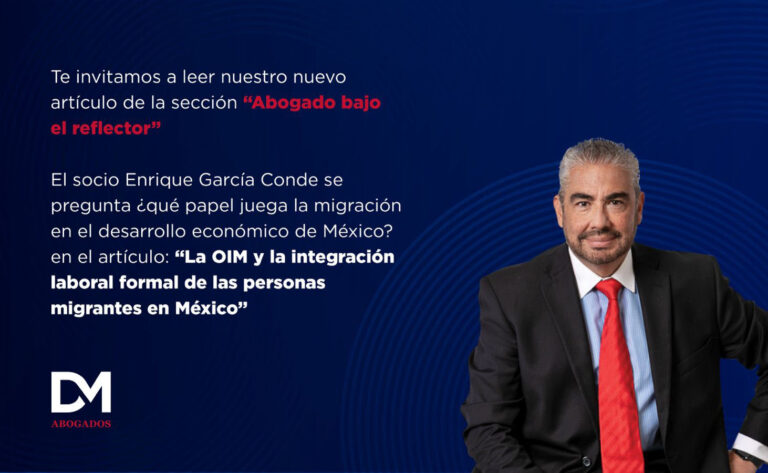Analyzing the level of legitimation of collective bargaining agreements (CCTs) completed to date, it is clear that on May 1, 2023 we will enter a stage that will be completely different from what we have experienced in the las thirty years in labor matters in the country.
According to the numbers provided by the Federal Center of Labor Conciliation and Registration, close to 12,600 collective agreements have been approved by 50% plus one of the workers covered by them. In contrast, more than 125,000 contracts run the risk of being terminated at the end of the term set in the implementation of the labor reform if they are not legitimized, in accordance with the new information provided by the Department of Labor and Public Welfare (STPS) on the total of registered CCTs.
On the other hand, the increase to the minimum wage, the change in the regulation of vacations and dismissals have had a significant impact on companies, not only in the economic sense, but also on the trends in CCT revisions and the conflictivity associated thereto.
Analyzing the risk map prepared by the De la Vega & Martínez Rojas Firm, we can see that this conflictivity has been centered mainly in Mexico City, The State of Mexico, Jalisco and Tamaulipas. This last entity is noteworthy because of the number of conflicts, failed legitimations and complex revisions per number of workers, which is the highest in the Republic.
In this same map we can see that by sector, the automotive and auto-parts sectors are the ones that report a higher rate of calls to strike, as well as higher averages of salary increases as a result of the revision of collective bargaining agreements. Therefore, the expected effect of the labor chapters is clearly taking shape in the Mexican industry.
Faced with this, we are identifying a strong trend in terms of the impact of independent unions, whose revisions tend to focus more on salary increases and less in benefits, seeking to generate additional bonuses for the workers that will generate more cash for them.
In this panorama, companies are evolving their labor strategies into three very specific practices in order to face these challenges:
» 1. Communication is no longer enough
Today, collective reviews require a total openness to information, but not only to enable workers to be more sensitive in regard to the economic possibilities of companies, but also for companies and unions to have first-hand knowledge of the priorities and interests of their members in terms of the improvement of collective conditions. We see, for example, unions that push for the reduction of working hours in the revisions, when workers’ expectations are more focused on salary increases.
» 2. More transparent is safer
The revision schemes in which a few representatives of the workers agreed to the increases and to the new benefits is totally destined to disappear. Today we speak of workers’ commissions that are significant in terms of representativeness, open tables and a great amount of information, which enables the preparation of a better scenario for the consultation.
» 3. If you don’t know what you’re losing, you don’t know what you’re gaining
Many consultations that end in a negative result show that the workers do not understand the risk generated by a strike and this is why they vote thinking that this will create pressure for a revision with a higher increase, even if the agreed conditions are positive and fair. Thus, we need to speak with the workers openly and transparently, with the aim of informing them of the implications of affecting the work source, of the need to come to terms with the revision in a responsible manner and, above all, with a long-term vision. Striking is a right of the workers and, as such, it is a tool that must be used sensibly because, on occasion, it is a justified measure.
Under these circumstances, it will be fundamental to ensure that all of the participants in the process are prepared and aware of the fundamental role that they play, not only in the revisions of collective bargaining agreements, but also on the competitiveness of the country in face of foreign investment and the future of employment in Mexico.




